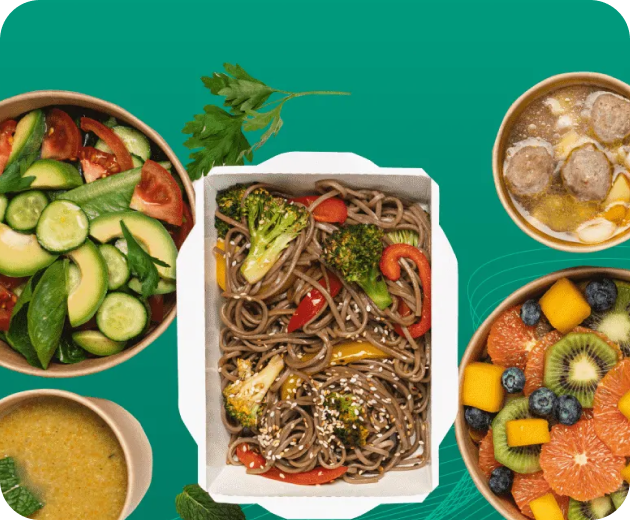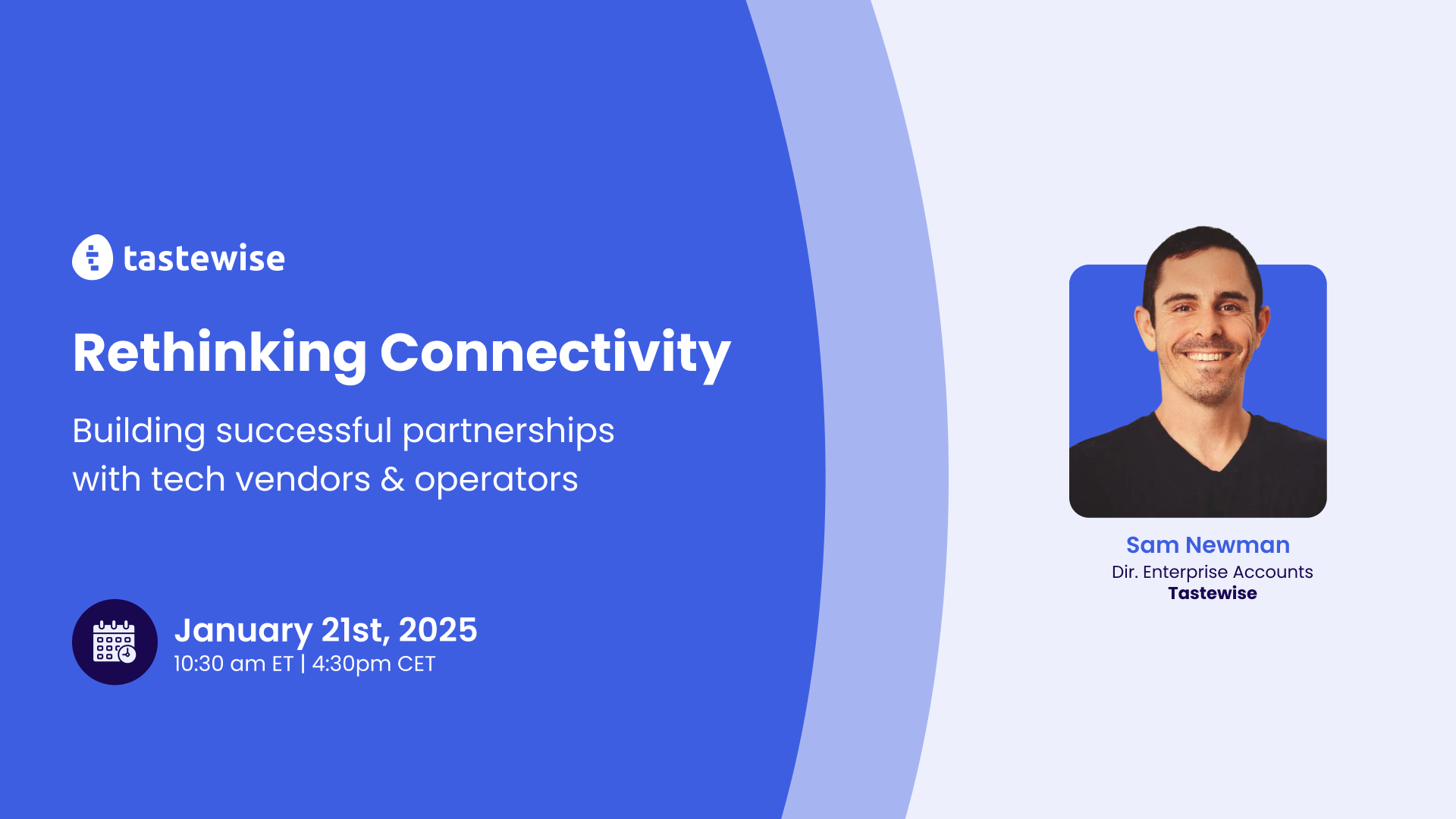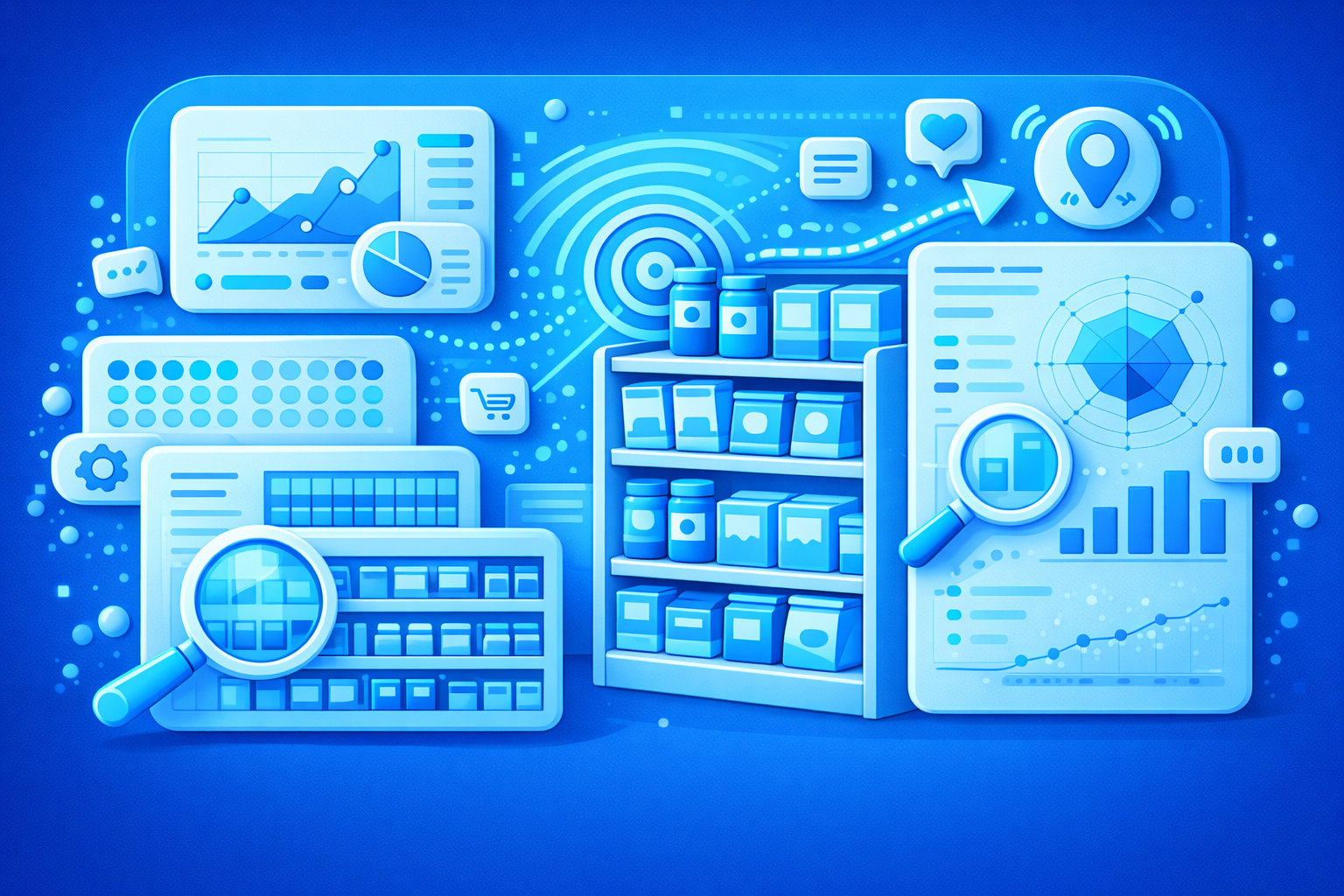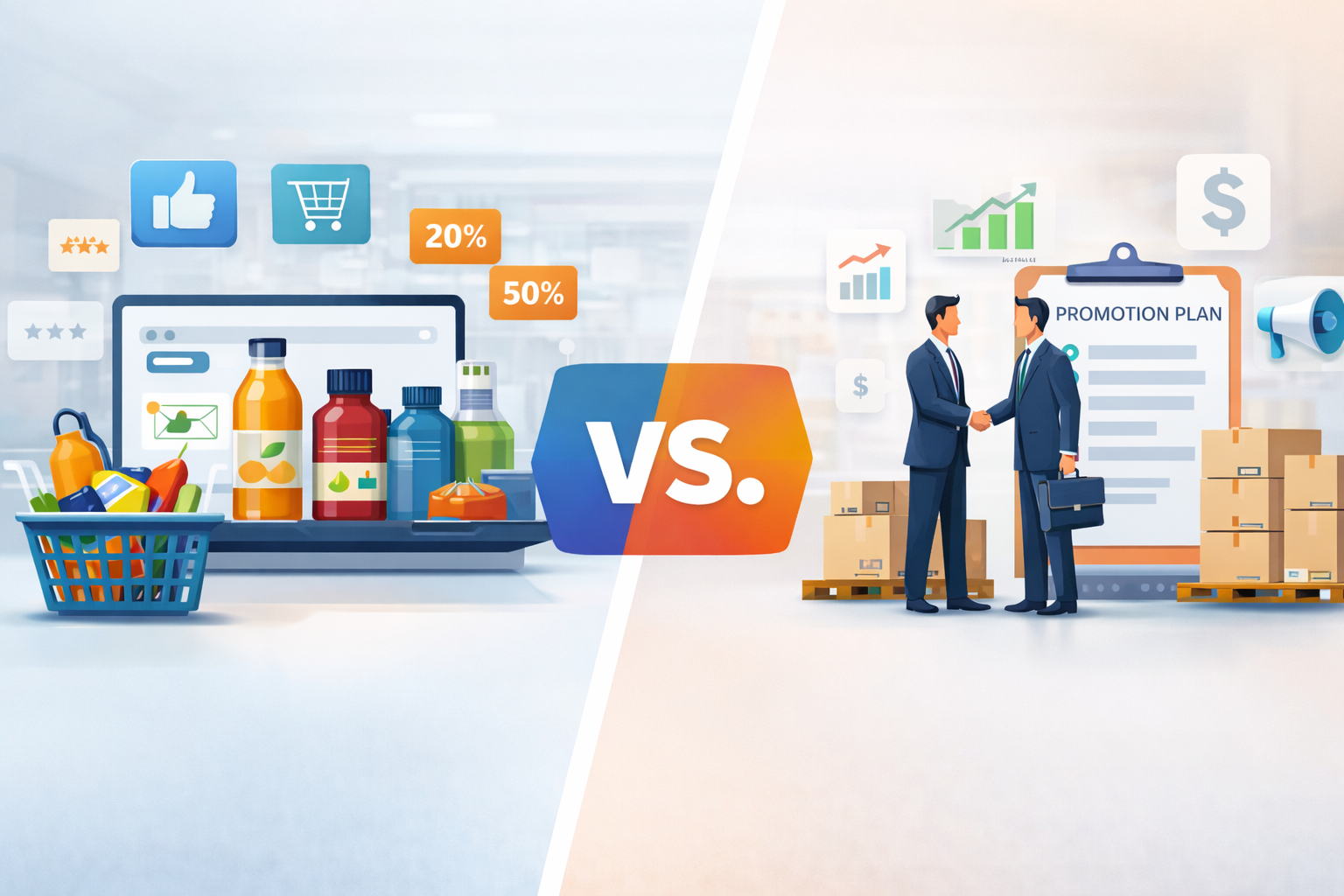Which CPG Strategy Dominate the Low-sugar Beverage Market?
The rising demand for low-sugar drinks offers a great opportunity for the beverage industry. As consumers become more health-conscious, they’re leaning towards healthier, more natural drink choices. This trend is pushing companies to devise strategies to tap into the low-sugar drink market.
In this article, we will discuss some key components of a successful CPG strategy that can help companies take advantage of this growing trend.
What is a CPG strategy?
CPG strategy refers to the overall plan that a company has in place for its consumer packaged goods, including drinks. It encompasses all aspects of marketing, production, and distribution of these products to meet the needs and wants of consumers.
A well-crafted CPG strategy takes into account factors such as market trends, consumer behavior, competition, and company strengths and weaknesses. It provides a roadmap for the company to follow to achieve its business goals.
Understanding the Low-sugar Drink Market
Before diving into creating a CPG strategy, companies must understand the low-sugar drink market. This includes understanding consumer preferences, current trends, and potential growth opportunities.
Research shows that consumers are increasingly looking for healthier drink options, with a focus on low-sugar and natural ingredients. This shift in consumer behavior is driven by concerns over obesity, diabetes, and other health issues related to excessive sugar consumption.
Furthermore, the low-sugar drink market is expected to continue growing, with a projected value of $36.7 billion by 2025. This presents a significant opportunity for companies to tap into this market.
Key Components of a Successful CPG Strategy for Low-sugar Drinks
1. Identifying the right low-sugar drink opportunities
Understanding consumer preferences and trends is the first step toward successful product development. These valuable insights can guide the development of new product lines or the repositioning of existing products. Some potential low-sugar drink opportunities include:
Functional low-sugar drinks: Beverages that offer added health benefits, such as energy boosts, relaxation, or immunity support, are gaining popularity among health-conscious consumers. Combining these functional benefits with low-sugar content can create a compelling product offering.
Alternative sweeteners: Natural and alternative sweeteners, such as stevia, erythritol, and monk fruit, can help CPG companies develop low-sugar drinks without compromising taste. Understanding the consumer perception of these sweeteners is essential to successful product development.
Niche market segments: Catering to specific dietary requirements or preferences, such as low-sugar drinks for diabetics or those on keto diets, can provide a competitive edge.
2. Product development and innovation
One of the key components of a successful CPG strategy for low-sugar drinks is product development and innovation. This involves creating new products or reformulating existing ones to meet consumer demands for healthier drink options.
Companies can also consider expanding their product lines to include a variety of low-sugar options, such as flavored water, sparkling juices, and ready-to-drink teas.
3. Marketing and branding
In addition to product development, effective CPG marketing and branding are essential for the success of a low-sugar drink CPG strategy. Companies need to communicate the health benefits of their products and position them as a better alternative to traditional high-sugar drinks.
This can be achieved through various marketing channels such as social media, influencer partnerships, and targeted advertising campaigns.
4. Optimizing distribution and retail strategies
Ensuring the availability of low-sugar beverages in relevant retail channels is essential for success in this growing market. Consider the following strategies to optimize distribution and retail presence:
Collaborate with health-focused retailers: Partner with health food stores and organic grocery chains that cater to health-conscious consumers to maximize product visibility and reach.
Leverage online sales channels: Utilize platforms like Amazon and other e-commerce sites to create an online presence, allowing for extensive consumer access and convenience.
In-store promotions: Take advantage of in-store promotions and targeted displays of low-sugar beverages at the point of purchase to drive impulse buys.
5. Packaging and labeling
Packaging and labeling play a crucial role in attracting consumers and communicating the health benefits of low-sugar drinks. Companies can use eye-catching designs and labels that highlight the low-sugar content, natural ingredients, and other health benefits to entice consumers.
Clear and transparent labeling is also important for building consumer trust and loyalty towards a brand.
6. Pricing strategies
Pricing is a key factor that can influence consumer purchasing behavior. Companies should consider the following pricing strategies to make low-sugar beverages more attractive:
Competitive pricing: Offer competitive prices compared to other high-sugar drinks in the market, making it an affordable alternative for health-conscious consumers.
Promotional pricing: Utilize discounts and promotional offers to encourage consumers to try low-sugar beverages and build brand awareness.
Bundle pricing: Create bundle deals where consumers can purchase multiple low-sugar drink options at a discounted price, promoting more sales and consumer loyalty.
7. Education and awareness
CPG companies can also play a role in educating consumers about the health risks associated with excessive sugar consumption. Consumer healthy eating trends are on the rise, and companies can capitalize on this by providing education and awareness about their low-sugar options.
This can be done through various marketing campaigns, social media presence, and partnerships with health organizations to spread the message of moderation in sugar consumption. By educating consumers, CPG companies can not only promote their products but also contribute to a healthier society.
8. Government regulations
Finally, government regulations and policies can impact the success of CPG strategies for low-sugar drinks. In recent years, many countries have implemented sugar taxes or other measures to reduce the consumption of sugary drinks and promote healthier options. As such, companies need to stay updated on these regulations and adapt their strategies accordingly.
Sustainability Strategy of CPG about Low-Sugar Drinks
The sustainability strategy of Consumer Packaged Goods (CPG) companies, particularly those involved in the production of low-sugar drinks, is becoming increasingly crucial in today’s environmentally-conscious market. Integrating sustainability involves addressing the environmental impact of production and packaging.
Sustainability and CPG companies may seem like an unlikely pairing, as the production of goods often involves a considerable amount of resources and waste. However, more and more CPG companies are recognizing the importance of incorporating sustainable practices into their operations.
For low-sugar drinks, this means not only providing a healthier option for consumers but also reducing the environmental impact of production and packaging.
Some ways that CPG companies can incorporate sustainability into their strategies for low-sugar drinks include:
- Using sustainable and eco-friendly ingredients in their drink formulations
- Implementing efficient production processes to reduce energy consumption and waste
- Adopting sustainable packaging materials, such as biodegradable or recyclable options
- Supporting sustainable sourcing practices for ingredients and materials
- Partnering with organizations that promote environmental initiatives
Succeed in the Low-sugar Drink Market With Strong Data-driven Strategies
To establish a strong presence in the low-sugar beverage segment, CPG companies must adopt a data-driven approach to product development, marketing, and distribution. Tastewise’s platform is an invaluable tool for businesses in the food and beverage industry to harness data insights and drive sales growth.
By understanding consumer preferences, crafting compelling marketing strategies, and optimizing retail and distribution channels, CPG companies can effectively capitalize on the growing demand for low-sugar drinks and achieve long-term success in this rapidly evolving market.
As the leading decision-making platform for the food industry, Tastewise is your partner in succeeding in your market using data-driven strategies. Promoting food intelligence for the AI-connected world, we help the food and beverage industry innovate faster, market better, and grow sales. We can help you capitalize on key industry trends, such as using food product innovation, with the help of data analysis and proven marketing strategies. Find your next flavor or food product, validated by real-time data.
FAQs
A CPG strategy aligns product development, marketing, distribution, and pricing with consumer demand to drive brand growth in fast-moving markets.
It’s a business framework that typically involves mass production, wholesale distribution, and retail placement to scale everyday consumer products efficiently.
They generate profit through high-volume sales, brand loyalty, trade promotions, and strategic placement in retail and e-commerce channels.




